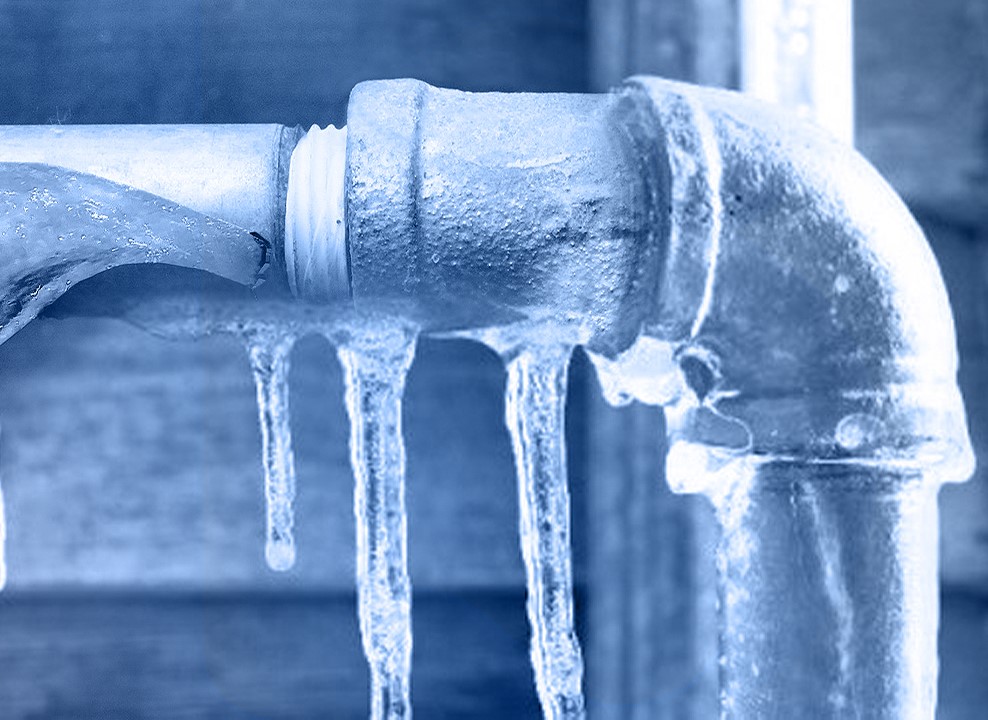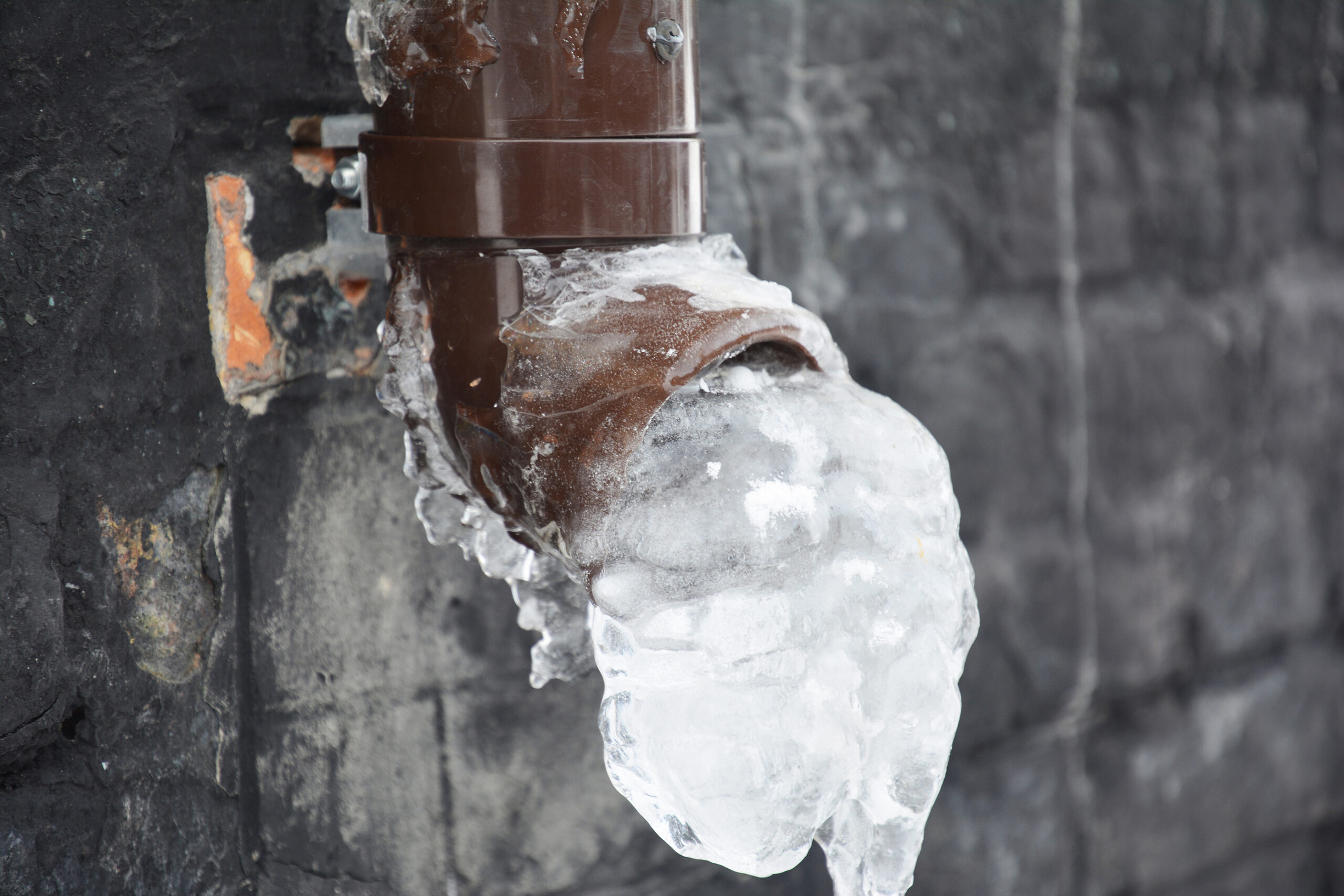How do you actually feel with regards to How to Prevent Your Pipes From Freezing?

Winter can damage your plumbing, specifically by freezing pipelines. Below's exactly how to avoid it from occurring and what to do if it does.
Intro
As temperature levels decline, the threat of frozen pipes increases, possibly bring about expensive fixings and water damage. Comprehending just how to avoid frozen pipelines is essential for property owners in cool climates.
Recognizing Frozen Pipes
What creates pipelines to freeze?
Pipes freeze when exposed to temperatures listed below 32 ° F (0 ° C) for expanded durations. As water inside the pipelines freezes, it broadens, putting pressure on the pipeline wall surfaces and potentially creating them to burst.
Threats and problems
Icy pipelines can bring about water supply interruptions, residential property damage, and expensive repair services. Burst pipes can flood homes and trigger substantial structural damage.
Signs of Frozen Pipeline
Determining icy pipelines early can stop them from bursting.
How to identify icy pipes
Search for reduced water flow from taps, unusual odors or noises from pipelines, and visible frost on revealed pipes.
Prevention Tips
Insulating prone pipes
Wrap pipelines in insulation sleeves or make use of warm tape to safeguard them from freezing temperatures. Focus on pipes in unheated or outside locations of the home.
Heating methods
Maintain interior rooms sufficiently heated up, particularly areas with pipes. Open closet doors to enable cozy air to distribute around pipelines under sinks.
Shielding Outside Pipes
Garden hoses and exterior faucets
Separate and drain pipes yard hose pipes prior to winter. Set up frost-proof spigots or cover outside taps with insulated caps.
What to Do If Your Pipes Freeze
Immediate actions to take
If you presume icy pipes, maintain taps open to relieve stress as the ice melts. Make use of a hairdryer or towels soaked in warm water to thaw pipelines gradually.
Long-Term Solutions
Structural adjustments
Think about rerouting pipes far from outside wall surfaces or unheated areas. Add additional insulation to attic rooms, cellars, and crawl spaces.
Updating insulation
Buy top notch insulation for pipes, attic rooms, and walls. Proper insulation aids preserve consistent temperatures and decreases the risk of frozen pipes.
Conclusion
Preventing icy pipes calls for positive actions and fast responses. By comprehending the causes, indicators, and preventive measures, property owners can secure their plumbing during cold weather.
5 Ways to Prevent Frozen Pipes
Drain Outdoor Faucets and Disconnect Hoses
First, close the shut-off valve that controls the flow of water in the pipe to your outdoor faucet. Then, head outside to disconnect and drain your hose and open the outdoor faucet to allow the water to completely drain out of the line. Turn off the faucet when done. Finally, head back to the shut-off valve and drain the remaining water inside the pipe into a bucket or container. Additionally, if you have a home irrigation system, you should consider hiring an expert to clear the system of water each year.
Insulate Pipes
One of the best and most cost-effective methods for preventing frozen water pipes is to wrap your pipes with insulation. This is especially important for areas in your home that aren’t exposed to heat, such as an attic. We suggest using foam sleeves, which can typically be found at your local hardware store.
Keep Heat Running at 65
Your pipes are located inside your walls, and the temperature there is much colder than the rest of the house. To prevent your pipes from freezing, The Insurance Information Institute suggests that you keep your home heated to at least 65 degrees, even when traveling. You may want to invest in smart devices that can keep an eye on the temperature in your home while you’re away.
Leave Water Dripping
Moving water — even a small trickle — can prevent ice from forming inside your pipes. When freezing temps are imminent, start a drip of water from all faucets that serve exposed pipes. Leaving a few faucets running will also help relieve pressure inside the pipes and help prevent a rupture if the water inside freezes.
Open Cupboard Doors
Warm your kitchen and bathroom pipes by opening cupboards and vanities. You should also leave your interior doors ajar to help warm air circulate evenly throughout your home.

As a fervent person who reads on 6 Ways to Prevent Frozen Pipes, I think sharing that chunk was a good idea. For those who liked our blog entry if you please consider to pass it around. I value reading our article about Helpful Tips to Prevent Frozen Pipes this Winter.
Book Service Now